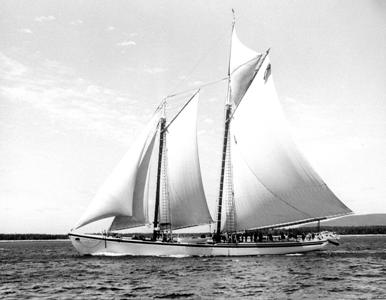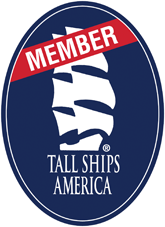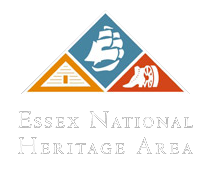Gloucester Fishing Industry—1900s
historical timeline of the fishing industry in gloucester
1900 —€“ fishing catch nearly 140 million pounds, 1st fishing vessel with auxiliary engine
1902 —€“ 1st knockabout schooner built in Essex and designed to improve safety for fishermen
 — first large steam-powered fishing vessel built
1905 — introduction of the otter trawl revolutionized the fishing on New England banks
1915 —€“ fish landed 120 million lbs
1920 —€“ International Fishermen’s Races started
1920€™s — fleet started to convert to internal combustion engines, mostly diesel. Steam-powered vessels never used successfully in Gloucester except harbor tugs, etc. The coal took up too much space.
1921 —€“ US Naval Compass Station provides radio compass bearings to vessels
1923 —€“ Gloucester’s 300th Anniversary Celebrations included dedication of Fishermen’s Statue (installed 1925)
1924 — Clarence Birdseye invented the fast-freezing method starting frozen fish processing
1926 —€“ 1st St. Peter’€™s Fiesta celebrated in Gloucester
1926 —€“ Schooner Adventure built in the James Shipyard in Essex for Capt. Jeff Thomas
1934 — Capt. Jeff Thomas dies of heart attack on Schooner Adventure, Leo Hynes takes over as captain
1938 —€“ automatic fish scaling machine introduced
1941–1945 —€“ local boats commandeered by government for patrol boats and mine sweepers
1941 —€“ dory fishing replaced by draggers
1944 — The War Manpower Commission encourages €œemployees to adapt more fishing jobs to the employment of women… in fish processing plants that formerly was considered for men only.”
1945 —€“ first blessing of the fleet
1954 —€“ Schooner Adventure bought by Donald Hurd, Dayton Newton and Herbert Beizer and converted into a passenger schooner
1965–1987 —€“ Schooner Adventure sailing in Maine for pleasure trips under Capt. Jim Sharp
1966 — Congress passed Public Law 89-658, extending the U.S. fisheries zone 9 miles beyond the 3-mile territorial sea, making a full 12-mile zone exclusive for U.S. fishing
1969 — Gloucester Technological Laboratory began pioneering a study of fish irradiation to extend shelflife
1970 — The National Oceanic and Atmospheric Administration (NOAA) formed, and The Gloucester Technological Laboratory is moved under the Division of Fishery Products Technology, Office of Management Services.
1975 — The Mid-Atlantic Center is incorporated into the Northeast Fisheries Center, including the former Gloucester Technological Laboratory.
1976 — Magnuson-Stevens Fishery Conservation and Management Act, Public Law 94-265, passed regulating fishing to protect overfished species
1982 —€“ minimum size limits set for cod, haddock, and gray sole
1987 —€“ new minimum size limits set for cod, haddock, and gray sole
1988 — Schooner Adventure given to Gloucester
1989 —€“ Schooner Adventure listed in state Register of Historic Landmarks
1991 —€“ “Perfect Storm”€ fishing vessel Andrea Gail lost
1992 —€“ New England Fishery Management Council announces measures to reduce fishing fleet
1994 –€“ 5000 miles of Georges Bank closed to fishing, only 3 fish processors left in Gloucester
1995 —€“ purse-seine quotas cut by 25%
1997 —€“ Magnuson Act of 1976, regulating fishing to protect overfished species, renewed (200 mile limit)








 Â
 


